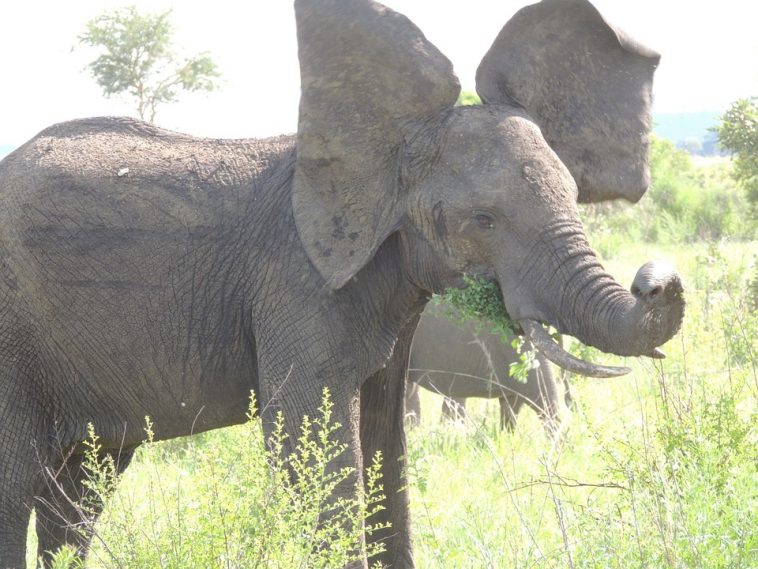Elephant poaching is a common disaster in Africa. Many Rhino species have reduced due to poaching. But a new technological method on how to curb it has come up. Conservationists in Gabon have developed a way of stopping ivory trafficking and poaching called GPS collar. A GPS real-time tracking collar will be placed on the animal neck.
One requires tracking and dragging of the animal before they put the gadget on the animal. This sounds to be a hard task to carry out given how risky it is to one’s life. For a single operation to take place it calls for the service of at least five or seven strong men. Apart from five or seven men, there should be scouts, trackers, and vets. Their main duty is to guide the men through the dense forest and look for the animals. The men are required to fix at least one or two GPS collars in a day.
Immediately they see an elephant a vet is the first one to come out. The vet uses a compressed air rifle to direct a dart carrying etorphine. Etorphine is a semi-synthetic that is 1,000 times more powerful than morphine. The vet has to get the right injection. When the injection is weak the elephant can run away and when it is too strong it can die. One has to be also alert immediately the elephant is hit to avoid charging.
The moment the elephant is asleep, the team does a health check and record samples. All this takes place while the GPS collar remains fitted. The whole process lasts for 10 minutes before the team takes cover. It forces them to even climb the tree before waking the animal by the use of an antidote.
In December 2017, veterinarians from South Africa assisted the local team to fit 20 elephants. This took place in Ivindo and Mwagna in northeast Gabon. Minkebe Park hopes to join the collar initiative in February 2018. An ANPN team will use 45 days to cover almost 12 miles a day through the forest. The team will be led by Peter Morkel a South African conservationist.
The GPS collar helps the team to see when the animal moves into danger zones. These are the zones where the team can locate the poachers. However, the Minkebe national park in northern Gabon is prone to poachers. The park shares boundaries with Congo and Cameroon. Gabon had 45,000 elephants sometimes back but poachers killed 15,000 of them. Moreover, the target breed is the forest elephants which have drastically reduced. Besides, savanna elephants have reduced from 1.3 million in 1979 to 352,000 in 2016. This is according to the Great Elephant Census carried out in 2016.



